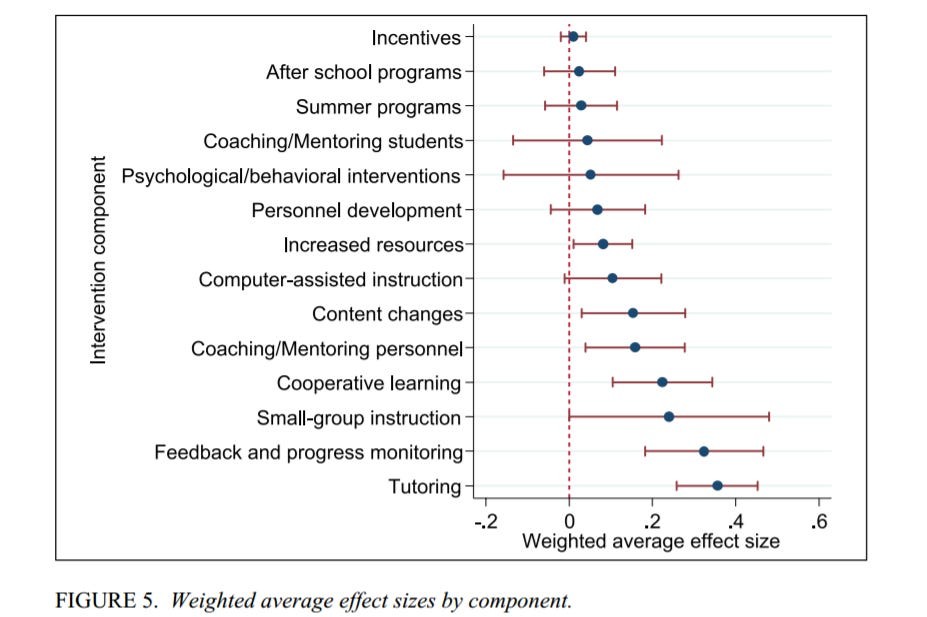
A comprehensive new study examining hundreds of educational interventions has yielded sobering results for educators and policymakers. The meta-analysis, which reviewed 747 randomized controlled trials involving over 3 million students, found that most educational interventions produce only modest short-term gains that diminish rapidly over time.
The research, conducted by a team led by Professor Hugues Lortie-Forgues of the University of York, analyzed studies spanning preschool through higher education across diverse subjects and intervention types. Their findings paint a challenging picture of the education field's ability to generate lasting improvements in student outcomes.
On average, the interventions studied produced an effect size of just 0.23 standard deviations immediately after implementation. This translates to moving a student from the 50th to roughly the 59th percentile - a noticeable but hardly transformative change. Even more concerning, these modest gains tended to fade quickly, with follow-up assessments showing an average effect size of only 0.13 standard deviations.
"Our results suggest that generating substantial, persistent changes in educational outcomes is extremely difficult," noted Professor Lortie-Forgues. "Even interventions that initially appear promising often fail to produce lasting benefits."
The study found little variation in effectiveness across different types of interventions, subjects, or student age groups. Whether focused on curriculum, teaching methods, technology, or other approaches, most programs struggled to maintain their impact over time.
These findings pose difficult questions for education researchers, practitioners and policymakers. With billions spent annually on educational initiatives worldwide, the limited returns uncovered by this analysis are likely to prompt soul-searching about how to more effectively improve student outcomes.
Some experts caution against overly pessimistic interpretations, noting that even small persistent gains could compound over a student's academic career. Others argue the results highlight the need for more innovative, intensive approaches to driving educational progress.
Moving forward, the study's authors recommend focusing on interventions with the strongest evidence of sustained impact. They also emphasize the importance of long-term follow-up studies to better understand which approaches produce enduring benefits for students.
While the road ahead appears challenging, education stakeholders remain committed to the critical task of enhancing learning outcomes. This landmark study provides valuable insights to guide those efforts, even as it underscores the complexity of achieving transformative change in education.